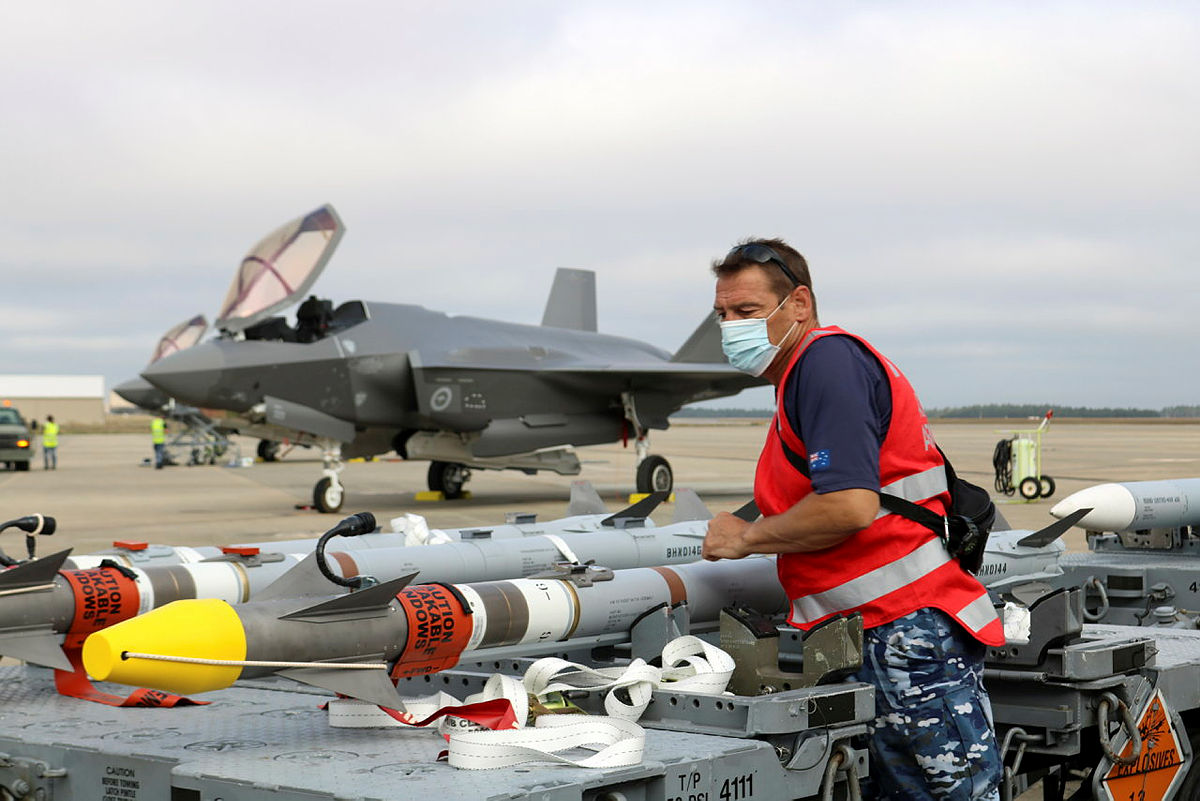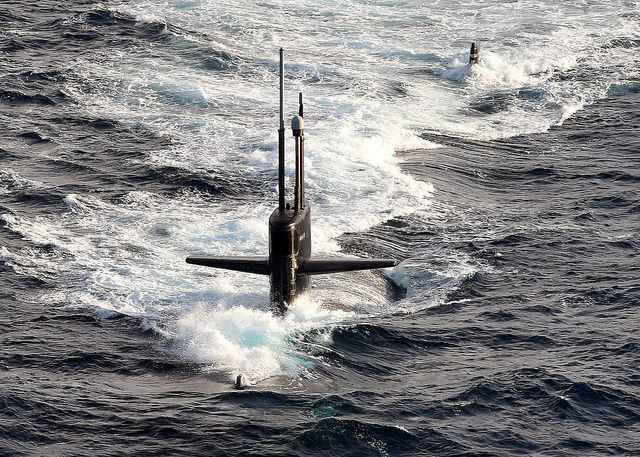Aiming at countering small drones, ADF faces challenges

The Australian Defence Force is working on countering small, cheap drones, but the challenges are daunting, with drone technology constantly evolving to sidestep anti-drone measures. Domestic legal obstacles don’t help.
A specific acquisition project, LAND 156, covers the requirement. The defence acquisition plan that was published last month, the Integrated Investment Program, presumably referred to LAND 156 in saying, ‘The Government will also invest in deployable counter‑small uncrewed aerial systems capabilities.’
However, nothing is said about when or how this will be achieved, not even in a table that sets out the funding and timeline for Australian Army projects.
LAND 156 applies to group 1 and 2 drones, which weigh as much as 55 kg and are also called small uncrewed aerial systems. Countering them will be an Army function, while the Royal Australian Air Force attends to larger uncrewed aircraft.
Adapting cheap civilian drones to deliver weapons or conduct other military roles is not difficult. This is creating what some call the democratisation of airpower, in which drones can provide complex and precise airpower effects for a fraction of the cost and effort of operating crewed aircraft.
Countermeasures are appearing, but counter-countermeasures often follow within weeks. A few years ago along the Turkish border, Syria-based terrorists were sending kamikaze drones into border towns to kill Turkish officials. The Turks countered by jamming the satellite navigation signals that the drones relied on, but three weeks later the terrorists had worked around the jamming and the drones were again hitting targets.
A drone’s attack can also be ruined by jamming the command signals it receives from its operator, but Russia has reportedly fielded small drones in Ukraine that unspool fibre-optic cables as they fly; the operator sends the commands through the cables instead of by radio. Using cables also defeats attempts at picking up radio transmissions for warning of an attack.
In 2022 the US Army said jamming countermeasures against drones were slowly becoming less effective. The service is going for more hard-kill countermeasures, aiming at destroying or at least debilitating the little aircraft.
Armed forces are looking again at sophisticated camouflage, decoys and smoke screens as means of holding down the drone menace.
But the application of artificial intelligence to small drones will raise it further. Swarms of them could soon autonomously synchronise their operations to defeat hard and soft kill countermeasures.
The ADF will need equipment to detect, track, identify and, if necessary, foil, debilitate or destroy small drones. Part of the challenge is finding ways of doing that which cost less than the drones do, since an opponent can respond by buying more.
The ADF will need countermeasures for use in Australia and abroad. And that’s where we meet another problem. The Australian Defence Act requires permission of a state government for the ADF to act against a drone and then only under the supervision of law-enforcement officer delegated by the Civil Aviation Safety Authority or Airservices Australia. Second, the (federal) Aviation Act prohibits ‘affecting’ any kind of aircraft in flight unless it presents a danger to life.
So the ADF is highly constrained in countering drones domestically. Legislative changes are needed.
It would help if drones were not so freely available in Australia. In some countries they’re treated as Australia treats firearms. You need a reason to own one, and a license operate it. They can be flown only in designated areas after flight plans have been submitted and approved.
The more we see of nefarious use of drones, the more a strict regulatory regimen seems justified.
Corrections departments globally are routinely seeing drones delivering contraband into jails. Reports in Norway say drones of unknown origin have been seen surveilling oil rigs far out in the North Sea. The UN says there is a concerning upward trend in observation by drones of its African humanitarian and peacekeeping activities.
Even some of our Pacific Island neighbours report a surge in suspect drone use around government and military facilities.
The good news is that as Defence looks for suppliers for project LAND 156, it is spoiled for choice. Australia has a vibrant industry for countering small drones. Companies include Droneshield, Department 13, Silentium, Codarra, Electro Optic Systems, Boresight and Acacia, to name just a few. For the moment, they’re mostly sustained by overseas contracts.
That may change as LAND 156 moves into acquisition.









